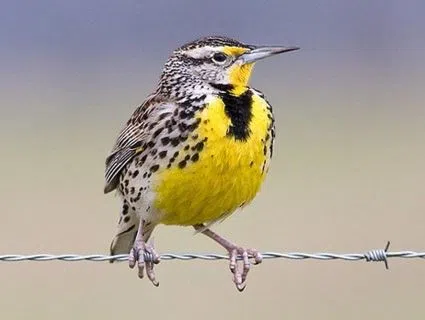Nebraska News Connection
The 2018 Farm Bill will soon be debated in Congress, and a new report shows the benefits of investing in conservation on private lands. According to the findings from the North American Bird Conservation Initiative, conservation practices on land can benefit water and soil health, and protect wildlife. Comments from Andrew Schmidt, agriculture policy program manager, Association of Fish and Wildlife Agencies.
What some people see as a nuisance, the Farm Bill and North American Bird Conservation Initiative sees as a species suffering in population.
The “State of the Birds 2017” report from the North American Bird Conservation Initiative says Farm Bill conservation programs are helping farmers and ranchers keep their land productive, while supporting birds and other wildlife species. Two-thirds of the land in the lower 48 states is privately owned, and Andrew Schmidt with the Association of Fish and Wildlife Agencies says it provides critical habitat.
“If you look at migratory birds, they’re certainly not coming down that flyway avoiding private lands. So, how do we create that habitat throughout their range to allow those birds and species to thrive, keeping birds off the endangered species list, keeping common birds common?” says Schmidt.
Conservation provisions in the Farm Bill have helped stabilize populations of grassland birds, like Nebraska’s beloved Western Meadowlark, according to Schmidt. The report also says that grassland birds suffered in 2003 almost 50 percent of a population drop from the introduced grassland easements.

Western Meadowlark-Nebraska’s State Bird
The 2018 Farm Bill has received recommendations from the report that include increase funding for the voluntary, incentive-based conservation programs that benefit farmers and ranchers as well as grasslands and wetlands.
Habitat work goes hand in hand with soil and water quality improvements and Schmidt says, “If you’re trying to create good grassland habitat, that habitat is going to restore that landscape to its native plant community – which by extension will also assist with soil health, nutrient runoff and water quality and quantity issues.”
Other recommendations include working with individual states to improve the impact of conservation programs on priority wildlife species, and monitoring and evaluating the programs over time to maximize efficiency.

















